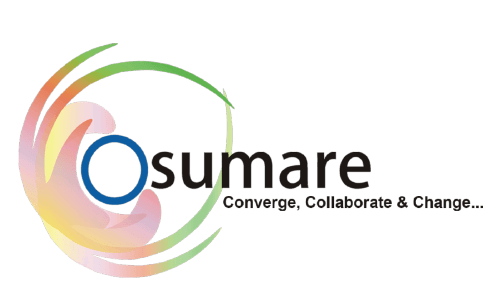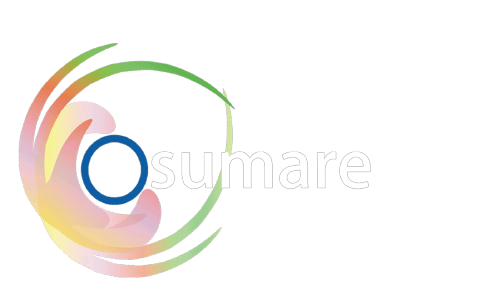Facebook is now more than just a way to connect with friends; it’s a potent marketing tool that has revolutionized the way companies communicate with their target audience. Facebook Ads allow marketers to reach the appropriate audience at the right moment with their message, thanks to the platform’s billions of active users.
Knowing the essentials of Facebook Ads may help you develop campaigns that work, whether you’re a freelancer, small company owner, or marketing expert. We’ll go over the most crucial topics in this tutorial, such as campaign goals, audience targeting, ad formats, and budget allocation.
1. Understanding Campaign Objectives
Every Facebook Ads campaign begins with a goal — also known as the campaign objective. Choosing the right objective ensures that Facebook’s algorithm optimizes your ads for the desired action. Facebook groups objectives into three main categories:
Awareness: Designed to generate interest in your product or service. This includes Brand Awareness (showing your ad to people likely to remember it) and Reach (maximizing the number of people who see your ad).
Consideration: Encourages potential customers to learn more about your offering. Objectives include Traffic (driving people to a website), Engagement (getting likes, comments, and shares), Video Views, Lead Generation, and Messages.
Conversion: Aims to get people to take action, such as making a purchase or signing up for an event. Objectives here include Conversions, Catalog Sales, and Store Traffic.
Pro Tip: Always align your campaign objective with your business goal. For example, if you want to increase sales, focus on conversion-based objectives rather than just brand awareness.
2. Audience Targeting — Reaching the Right People
Facebook Ads’ audience targeting options are among its best features. If the wrong people see your advertisement, it won’t work, no matter how good it is. Facebook provides a number of targeting choices:
Core Audiences: Focus on individuals according to their interests, habits, demographics (age, gender, geography), and more.
Custom Audiences: Connect with individuals who have already connected with your company, including users of your app, email subscribers, or website.
Lookalike Audiences: Reach a wider audience by focusing on those who resemble your greatest clients.
Don’t make your audience too wide or too small while constructing it. Facebook gets enough information from a balanced audience to optimize your campaign while still concentrating on the individuals who are most likely to act.
For example, if you provide digital marketing services in Mumbai, you can target business owners aged 25–45 who are interested in “online marketing,” “SEO strategies,” and “social media growth” within Mumbai or across India. This ensures your ads reach people who are most likely to benefit from your expertise, increasing engagement and conversions.
3. Exploring Ad Formats
Facebook provides a variety of ad options to accommodate various creative styles and campaign goals. In a busy feed, the appropriate structure might help your message stand out.
Simple and powerful, image ads are excellent for showcasing goods or exclusive deals.
Video ads are great for offering tutorials, telling stories, and showing off things in use.
Carousel ads are ideal for showcasing various items or features since they let consumers swipe between several pictures or videos in a single ad.
Slideshow ads are small, image-based videos that work well on sluggish internet connections.
Collection ads are an eye-catching method of showcasing several goods that are ideal for online sales.
Stories Ads: Immersive full-screen vertical advertisements that show up in between Instagram or Facebook stories.
4. Budget Allocation — Spending Smartly
Knowing how much to spend and where to spend it is crucial for Facebook Ads success. Facebook offers two main budget types:
Daily Budget: The amount you’re willing to spend per day. Facebook will try to get the best results for that amount each day.
Lifetime Budget: The total amount you’re willing to spend over the duration of your campaign. Facebook will distribute the spending evenly over the time period you set.
Tips for Smart Budgeting:
Start small and increase spending as you identify winning ads.
Monitor your Cost Per Result to ensure your spending is delivering value.
Use Campaign Budget Optimization (CBO) to let Facebook allocate budget across your ad sets based on performance.
Avoid spreading your budget too thin — focus on a few high-performing campaigns rather than running too many at once.
5. Continuous Testing and Optimization
One of the biggest mistakes advertisers make is setting up an ad and forgetting about it. Facebook Ads require continuous monitoring and optimization.
A/B Testing: Test different ad creatives, headlines, and calls to action to see which combination delivers the best results.
Analyze Insights: Use Facebook Ads Manager to track key metrics like CTR (Click-Through Rate), ROAS (Return on Ad Spend), and CPC (Cost Per Click).
Refine Targeting: If certain demographics respond better, adjust your audience to focus on them.
Conclusion
When implemented properly, Facebook Ads may revolutionize the business landscape. You can design campaigns that genuinely connect with people and provide quantifiable results by knowing your campaign’s goals, selecting the appropriate audience, using captivating ad forms, and carefully managing your budget.
Don’t hesitate to put these suggestions into practice if you’re prepared to boost your Facebook advertising. Visit our website for additional comprehensive guides, tools, and tactics that may accelerate the growth of your company. You’ll discover insightful information that will help you convert ideas into revenue and clicks into clients.

